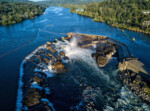
Monday, August 1st, 2022
Water is life, but for all its importance, humanity has a surprisingly limited view of Earth’s freshwater bodies. Researchers have reliable water-level measurements for only a few thousand lakes around the world, and little to no data on some of the planet’s important river systems. The upcoming Surface Water and Ocean Topography (SWOT) satellite will
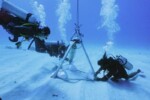
Monday, July 18th, 2022
With the 2022 hurricane season upon us, the importance of using science-backed solutions for hurricane preparedness is brought to the foreground. Since Colombia’s Caribbean islands were devastated by hurricanes Eta and Iota within a two-week period back in November 2020, government-funded researchers have been using wave and current data measured by Nortek’s ocean sensors to
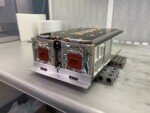
Friday, July 1st, 2022
A very small instrument has a big job ahead of it: measuring all Earth-directed energy coming from the Sun and helping scientists understand how that energy influences our planet’s severe weather, climate change and other global forces. About the size of a shoebox or gaming console, the Compact Total Irradiance Monitor (CTIM) is the smallest
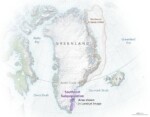
Monday, June 20th, 2022
Greenland’s fjords harbor a unique group of polar bears that rely on glacial ice, a NASA-funded study reports in Science. Polar bears throughout the Arctic depend on sea ice as a platform for hunting seals. As human-caused climate change warms the planet and Arctic sea ice melts away, polar bears are scrambling to find ice

Tuesday, June 7th, 2022
Each year, strong winds carry more than a billion metric tons—the weight of 10,000 aircraft carriers—of mineral dust from Earth’s deserts and other dry regions through the atmosphere. While scientists know that the dust affects the environment and climate, they don’t have enough data to determine, in detail, what those effects are or may be
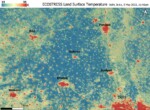
Tuesday, May 24th, 2022
A relentless heat wave has blanketed India and Pakistan since mid-March 2022, causing dozens of deaths, fires, increased air pollution and reduced crop yields. Weather forecasts show no prospect of relief any time soon. NASA’s Ecosystem Spaceborne Thermal Radiometer Experiment on Space Station instrument (ECOSTRESS) has been measuring these temperatures from space, at the highest
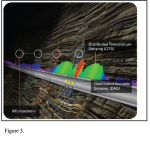
Tuesday, May 10th, 2022
By Joseph Shih, Seal-Connect Technical Product Specialist, Greene Tweed The use of distributed sensing (DS) is on the rise, especially for sensitive oil and gas and pipeline applications, structural health monitoring in concrete structures, and subsea cable infrastructure monitoring for offshore wind energy power sources. DS enables precise monitoring that can benefit operators seeking to

Wednesday, April 20th, 2022
With a plane crisscrossing the sky and researchers working on land and sea, the Surface Biology and Geology High-Frequency Time Series campaign (SHIFT) combines the ability of airborne science instruments to gather data over widespread areas with the more concentrated observations scientists conduct in the field to study natural environments. SHIFT is jointly led by

Monday, April 11th, 2022
Scientists have produced a new method that holds the promise of improving groundwater management critical to both life and agriculture in dry regions. The method sorts out how much underground water loss comes from aquifers confined in clay, which can be drained so dry that they will not recover, and how much comes from soil

Tuesday, March 29th, 2022
On March 22, 2022, the newest U.S.-European sea-level satellite, Sentinel-6 Michael Freilich, became the official reference satellite for global sea-level measurements. This means that sea-surface height data collected by other satellites will be compared to the information produced by Sentinel-6 Michael Freilich to ensure their accuracy. Launched from Vandenberg Air Force Base in November 2020,
There are no upcoming events.
